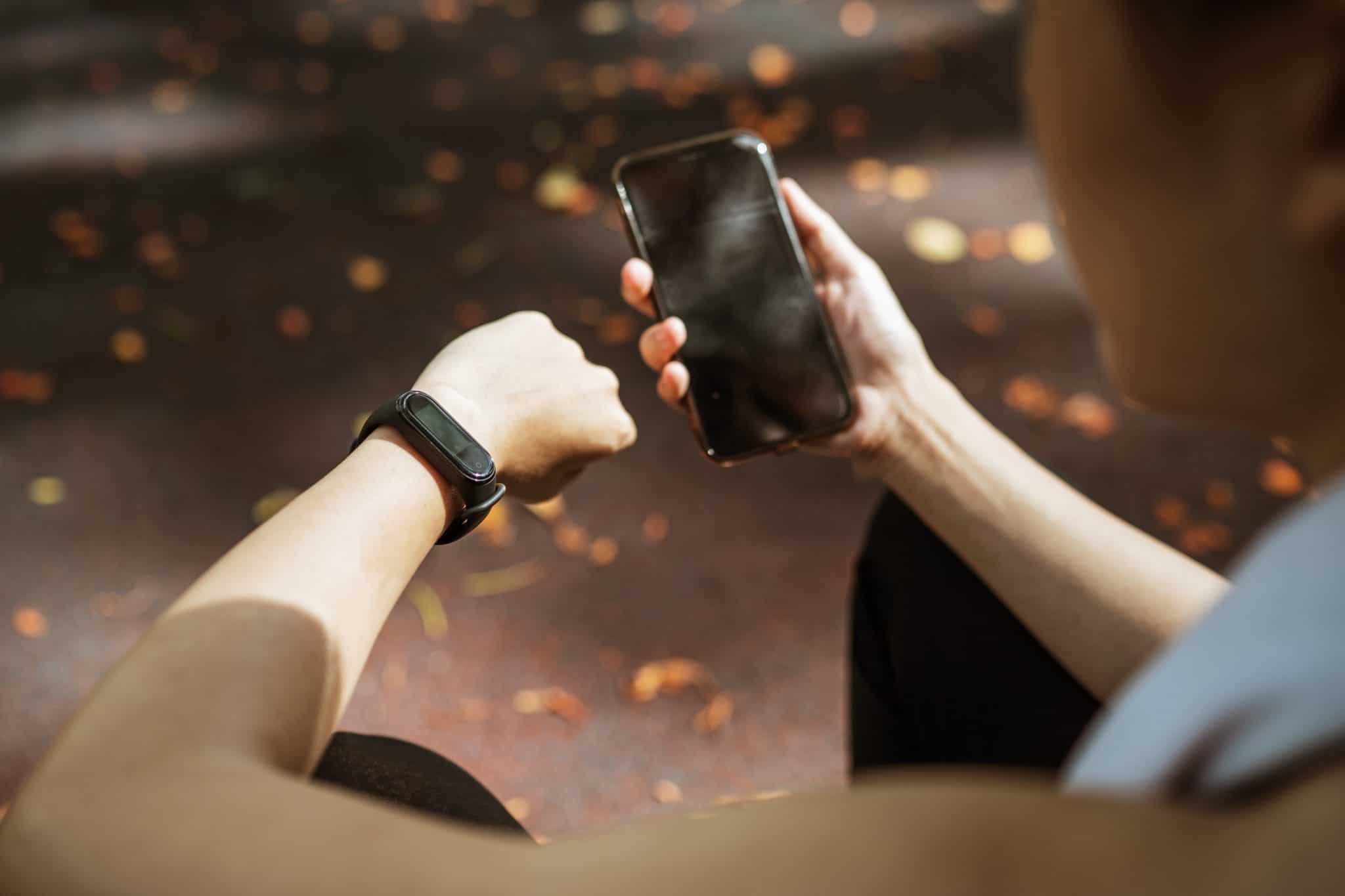

Fitness trackers have become an essential part of many people's lives. From tracking your daily steps to monitoring heart rate and sleep patterns, these devices offer great insights into your health and fitness journey.
But as the technology advances, so do the threats. Hackers are constantly looking for new ways to breach personal data, and your fitness tracker could be an easy target if you're not careful.
In this blog, we’ll share seven proven ways to protect your fitness tracker data from hackers, ensuring your personal health data remains secure.

We all love the convenience of fitness trackers—be it a Fitbit, Garmin, or Apple Watch. But these devices collect a treasure trove of personal information, including location data, heart rate, sleep patterns, and more. If hackers gain access to your tracker, they could exploit this data in harmful ways, such as stealing your identity or using the information for malicious purposes.
So, how can you protect this valuable data? Let’s break it down with these easy-to-follow tips!
Fitness trackers, like many other smart devices, come with their own set of vulnerabilities. While manufacturers regularly update software to address security concerns, hackers are constantly finding new ways to exploit weaknesses.
Fitness trackers are often linked to smartphones and online platforms, which makes them a potential gateway for hackers.
Knowing these risks helps you take the necessary precautions. Let’s move on to the next tip: keeping your device up-to-date.
One of the easiest and most effective ways to secure your fitness tracker is by keeping its firmware up to date. Firmware updates often include critical security patches that address vulnerabilities identified by the manufacturer. Without these updates, your device could be at risk of exploitation.
Most trackers will notify you when an update is available, but you can also check manually in the device settings. For added protection, enable automatic updates if possible.
Creating strong, unique passwords is a simple yet powerful way to protect your fitness tracker data. Avoid using the default passwords that come with your device, as these are often easy targets for hackers. Instead, create complex passwords that combine numbers, letters, and special characters.
If you're worried about remembering all your passwords, consider using a password manager. These tools can store and generate secure passwords, making it easier for you to stay safe online.
Two-factor authentication (2FA) adds an extra layer of security to your fitness tracker account. With 2FA enabled, even if someone manages to steal your password, they still won't be able to access your data without the second authentication step. This could involve receiving a code via SMS or using an authentication app.
It’s a simple feature to enable, and it can make all the difference in keeping your fitness tracker secure.
Encryption is one of the best ways to protect sensitive information on your fitness tracker. It essentially turns your data into unreadable code, making it nearly impossible for hackers to decipher if they get access.
Many fitness trackers now offer data encryption by default, but it’s worth checking your device’s settings to ensure it’s turned on. If your device doesn’t support encryption, consider switching to one that does, or use a third-party encryption tool for added protection.
Fitness trackers often allow users to share their data with third-party apps and services. While this can be convenient, it also opens the door to potential security risks. Before sharing your data, make sure you know who you're sharing it with and what they will do with it.
Limit the amount of personal information shared, and disable sharing features you don’t use. The less data you put out there, the less vulnerable you become.
Many fitness tracker apps request access to various parts of your phone, including your camera, microphone, location, and more. While some of these permissions are necessary for the app to function, others may not be.
Take the time to review the permissions granted to each app. Disable any permissions that are unnecessary or overly intrusive. By doing this, you reduce the potential for unauthorized access to your data.
When choosing a fitness tracker, it’s important to consider the security features it offers. Opt for reputable brands known for their commitment to security and privacy. Look for devices that offer strong encryption, 2FA support, and regular software updates.
Some brands, like Fitbit and Apple, are well-known for their security features. However, always do your research and make sure the tracker you choose prioritizes data protection.
For example, fitness trackers with built-in encryption ensure that even if hackers gain access to the device, they cannot easily extract usable data.
Protecting your fitness tracker data is crucial in today’s digital age. By following these seven simple yet effective tips, you can significantly reduce the risk of hackers accessing your personal information.
Stay vigilant, keep your device updated, and be mindful of your data-sharing habits. If you take the right precautions, you can continue to enjoy the benefits of fitness tracking without worrying about security threats.
Remember, your health data is valuable—so take action today to keep it safe!
For more tips on protecting your smart devices, check out our post on smart refrigerator protection. And if you're looking for expert insights on cybersecurity, visit Hacker9.